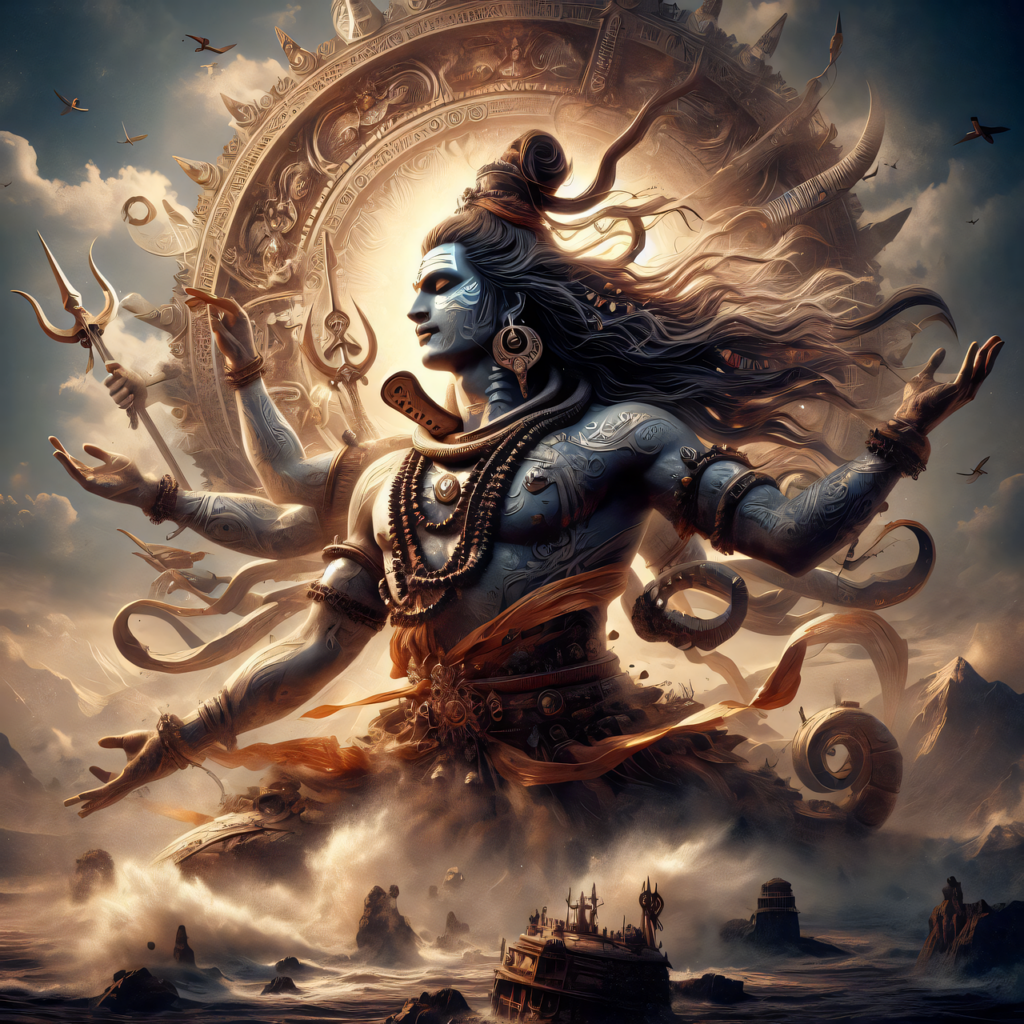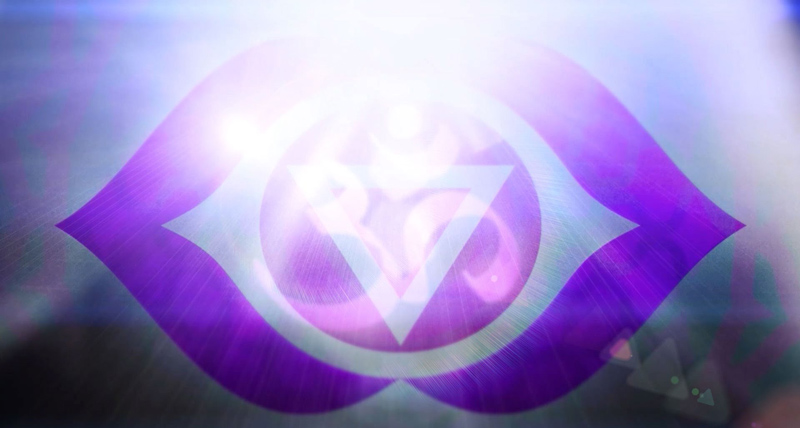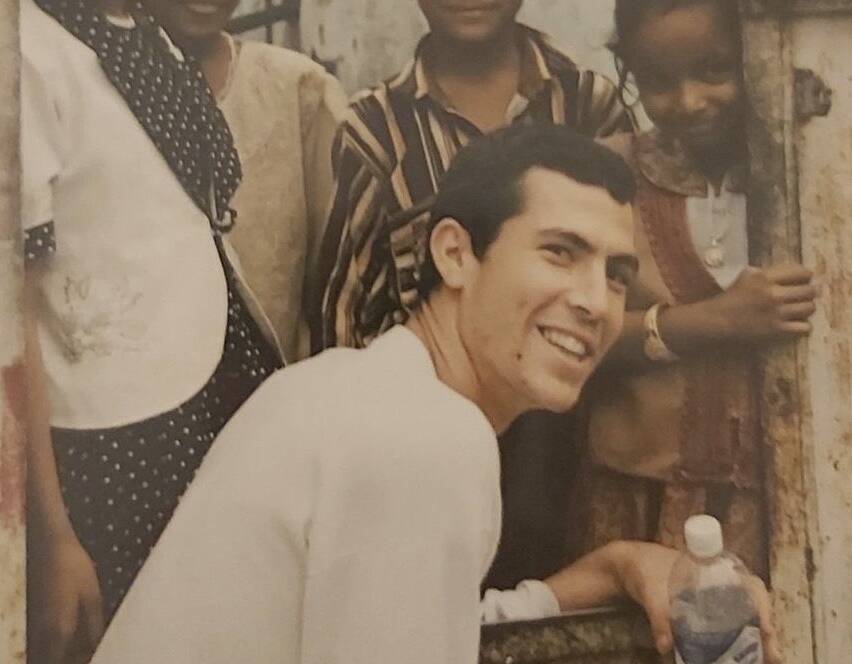The Kularnava Tantra is one of the major tantric texts of the Kaula school. Like many of the Tantras, it is written in the form of a dialogue between Shiva and Parvati (Shakti).
The Sanskrit term “Kula” means family, group, clan, or self-contained unit, and “arnava” means ocean or sea. Its language, as in the case of many of the other Tantras, mostly conveys information in a codified way that is not discernable by everyone.
The purpose of such a text is to keep the secrets of the teachings confined only to serious sadhakas, or practitioners.
The Kularnava Tantra is composed of 17 chapters, which will be described in the following series of articles.
Chapters in this book are named Ullasas, which in translation means the delightful blossoming or the feeling of pleasantness evoked by natural beauty, which by itself symbolizes the full “blossoming” of the book and the feeling that it gives to its readers while savoring it and fully experiencing what is known as Svadhyaya (deep study of scripture and of Self).
Chapter One
In the first chapter, we hear descriptions of the forms of Shiva, the significance of the human body, the fruits of the actions of one’s life repeating in another, suffering due to one’s sins, non-attachment in liberation, and the evils of the world.
We learn that without discriminative knowledge there is no liberation even through emaciation of the body or the fruits of ritualistic practices. There are 2 kinds of knowledge: Spiritual Knowledge and Mental Reasoning. There is no spiritual knowledge without the control of the senses and the kindness of the Guru.
In this chapter, Shiva describes all manifested beings as being like sparks, emerging from the fire (Shiva), and being separated from Him. All manifested beings are regulated by both the happiness of their virtues and the pains of their sins.
Shiva emphasizes the wise use of this birth. In this life, we should explore the Ultimate truth and renounce the world for true Happiness.
“(Once upon a time) Sri Devi Parvati enquired thus from that All-blissful, Supreme Lord, God of Gods, Father of the World Shiva, when he was sitting on the peak of Mount Kailasa.”
“Sri Devi said: O Lord, God of Gods, Founder of the sacred practices, Omniscient, Attainable with devotion, Deliverer of those who take refuge, Lord of Kula, Supreme Lord, Ocean of the nectar of compassion! Infinite number of creatures in myriad bodily forms are involved in endless cycles of suffering of birth and death and there is no redemption for them. Engrossed in utter pain, they never enjoy happiness. O Lord! Tell me, therefore, how could they obtain Release.”
“The Lord said: Listen, O Devi, the answer of what you have asked from me; even by merely hearing which men obtain Salvation.
There is One Real, who is Shiva, the Parabrahma, Featureless, Omniscient, Omnipotent, Sovereign of all, Blotless, and One without a second.”
Furthermore, Shiva describes the Evils of the world.
“To him who is always engrossed in his family relationships, qualities like erudition and good character are lost like an unbaked earthen pot in water.
Just as greedy of flesh a fish does not see the iron hook, so a person greedy of (worldly) happiness does not see the interference of Yama, that is death.
My Beloved! One who is unaware of his losses and gains, who is always treading the wrong path, who is engaged only in filling his stomach, knows not what is hell.
O Beloved! To sleep, to copulate, to eat and other such functions are common to all animals. Man alone is possessed of knowledge. He who is devoid of it is a beast.”
He describes that there is no spiritual knowledge without the control of the Senses and the kindness of the Guru.
“As long as there is identification with body, as long as there is ego-identification, and as long as there is no Grace of the Guru, so long how can there be a talk of Higher Purpose?
Why to talk much? In a word, O Parvati! Listen to the secret. Indeed and without doubt, it is the Kula-dharma that Liberates.”
Chapter Two
In the second chapter, Shiva describes in detail the superiority of Kula Dharma (observances, rituals, and moral principles). Discipline undergone in previous lives provides us with the knowledge and glory of kula-dharma.
In the following quotes the superiority of Kula-dharma is described:
“Veda is superior to all, Vaisnava is superior to Veda; Saiva is superiror to Vaisnava, Daksina is superior to Saiva, Vama is superiror to Daksina, Siddhanta is superior to Vama; Kaula is superior to Siddhanta, and there is nothing superior to Kaula.
As the rivers flowing a long distance in a zig-zag course ultimately enter into the sea, so the various Dharmas enter into the Kula-dharma.
Just as iron can never compare with gold, so no other doctrine can ever compare with Kula-dharma.”
With Kula-dharma Samsara becomes a means for Release:

“Oh, Kuleshvari! Kuladharma is Bhoga and also Yoga; what apparently is a sin here is turned into a force for God; and the Samsara becomes a means for Release.”
“The right attitude for the seeker of Truth of this lofty faith is: ‘Let my people look askance; let my wife and children forsake me; let men deride; let the King punish; but I shall be steadfast, O Supreme Deity I shall serve and ever serve Thee. With mind, speech, body, and actions I shall not leave Thy law.’ Such a man whose faith and devotion are unshakeable even in the midst of all adversity is verily adored by the Gods and over there he shall become Shiva.”
Chapter Three
In the third chapter, Shiva describes the superiority of Urdhvamnaya (the most secret, High Doctrine, which extols Brahman in his fullness). He describes the Para-Prasada Mantra which is considered the mantra which gives ultimate effectiveness.
“Urdhva” means up or upwards and “amnayas” represents unchanging tradition or study.
“O Ambike ! The essence of Urhvamnaya is extremely secret of all the Secrets because it is the Supreme Essence in the form of Purna Brahman. I have kept it a closely guarded secret but now I am telling it to You.
I have produced the Five Amnayas from the five faces of Shiva: I have produced the Five Amnayas (Great Traditions) from my five faces, Purva (East) – amnaya, Pascima (West) – amnaya, Daksina (South) – amnaya, Uttara (North) – amnaya and the Urdhva (Upwards or facing high) – amnaya. These are the Five Amnayas and all the five are famous as the paths of Emancipation.”
“Whoever knows even one of the Amnayas becomes undoubtedly Emancipated. What to say about one who knows four Amnayas as he becomes the very Shiva himself.“
Chapter Four
In the fourth chapter, Shiva continues to describe the Para-Prasada Mantra which gives both enjoyment and emancipation He describes various Nyasas (ritualistic touching of the body in various parts), Exhibition of Mudras, and other practices.
The meaning of Prasada Mantra:
“Being of the form of Prakasananda (Bliss of Light), due to yielding direct Fruits, being captivated by a pleasant mind, due to explaining the famous meaning, due to pacifying the former sins, due to destroying the pains of those who resort to it, and being pleased very soon, this Mantra has been called Prasada.
Being of the form of Truth Beyond, due to throwing light on the Self Beyond, due to providing Bliss Beyond, due to expounding the Dharma Beyond, due to providing the Fruits Beyond, being the cause of Affluence Beyond, and being beyond comparison with other Mantras, this has been called Para (Beyond) Mantra. This is the Kula Mantra.
Exhibition of Mudras:
“Thereafter , one should exhibit the Mudras named Yoni, Linga, Srabhi, Heti, Vanamala, Mahamudra and Nabhomudra and then according to his capacity perform Japa of Mula-mantra and Sri-paduka-mantra.
After exibiting the Mudras one should contemplate in his Murdha (head) Sri Garudeva of the Form of Shiva in the following manner.
A Sadhaka who performs this Mahasodha everyday obtains the capacity of both restraint and kindness; all the Devas salute him, and verily I also salute him.“
Chapter Five
In the fifth chapter of the Kularnava Tantra, Shiva describes basic vessels for worship, the symptoms of emancipation, the real drinking of a Siddha, the reality of Maithuna, etc.
The vessels for worship need to be carefully chosen, yet He advises that not even a blade of grass should be pierced without a worthy cause:
“Vessels made out of Gold, silver, stone, shell of tortoise, skull, gourd, earth, coconut, conch-shell, copper, pearl, oyster-shell, or wood or sacred trees.
Put honey in a vessel and double of its quantity of water. Leave it for twelve days. It is called Madhvi and bestows love of Gods.”
A person devoid of an established practice never gets Siddhis or spiritual powers in this world nor in Heaven:
“An evil-minded person devoid of Samayacara and guided by his own passions never gets Siddhis. On the other hand, he falls from the Kula and does not deserve to be taken into company.”
“After learning the rules of Sastras one who behaves in his own arbitrary manner neither gets Siddhis in this world not meets a superior fate in the other world. (i.e. he goes to Hell.)”
“The Shakti of ordinary men with animal feelings remains asleep but the Shakti of a Kaula is wide awake. One who serves this Shakti (the Shakti which is awake) is the real server of Shakti. One who experiences the Bliss arising out of the union of Supreme Shakti and his own Atma is the real knower of Copulation. Others are just enjoyers of women.”
“Knowing thus the purport of Five Mudras (the Five M’s, viz. Madya, Mamsa, Matsya, Maithuna and Mudra) from the mouth of Guru, one who devotes himself to Sadhana becomes Released.”
This article was written by Zita Jerkovic.
To be continued…



1 Comment
santosh
good to read.